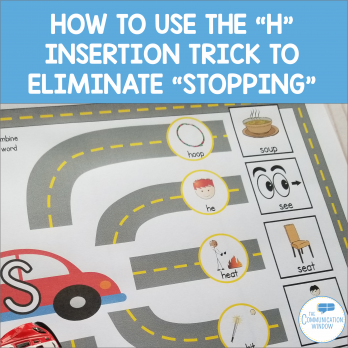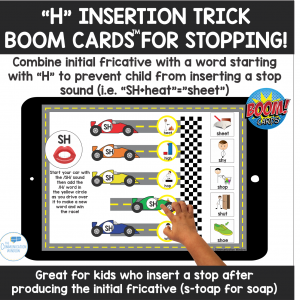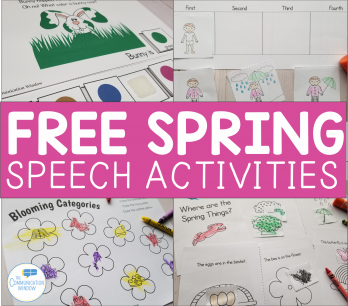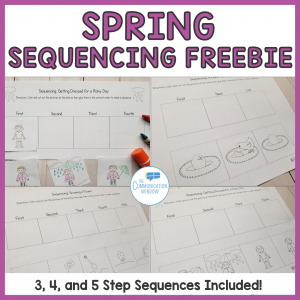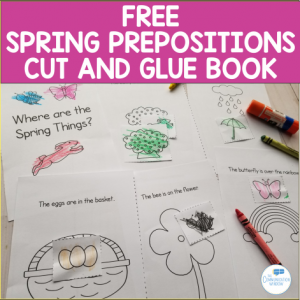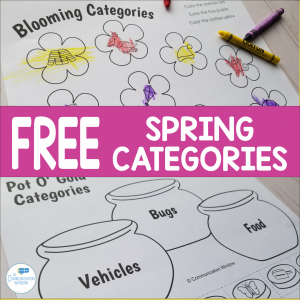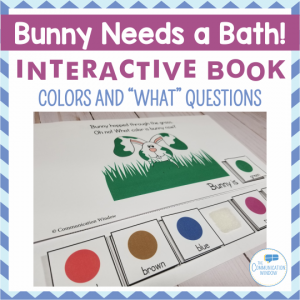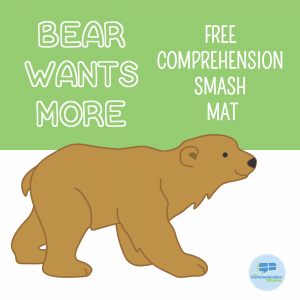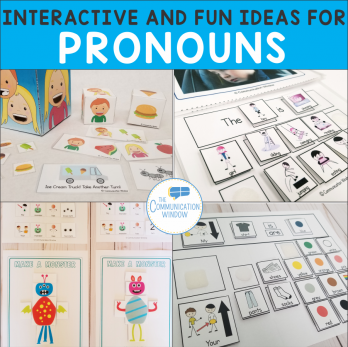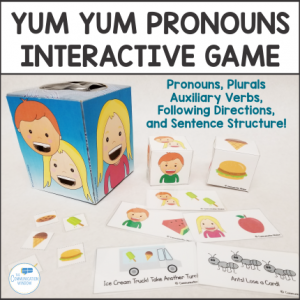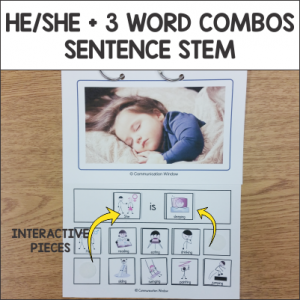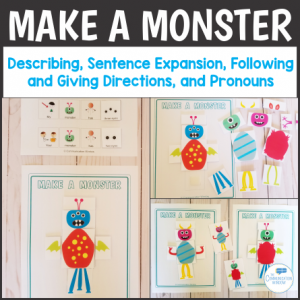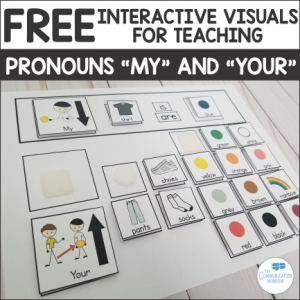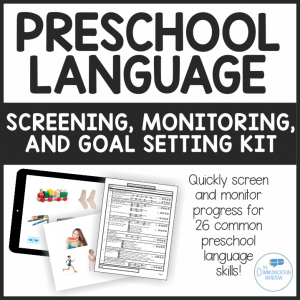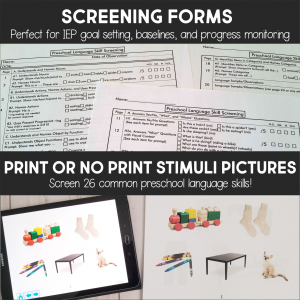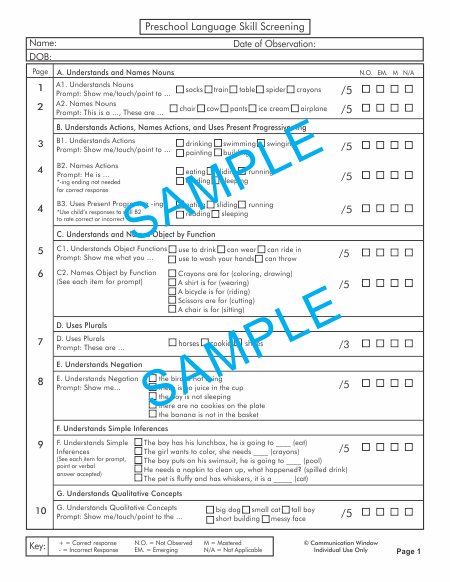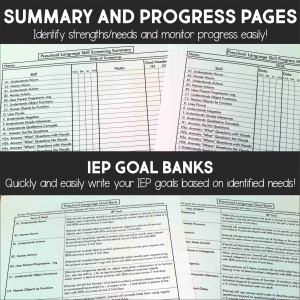If you have kids on your caseload exhibiting the phonological process of “stopping” then one essential trick to have in your “bag of tricks” is something called the “h insertion” or “h aspiration” trick. I first read about it on Dr. Caroline Bowen’s amazing website (www.speech-language-therapy.com) that has a wealth of information and tips for working with children with articulation and phonological disorders.
The trick is to have a child insert a /h/ initial word after the initial fricative sound you are targeting which helps inhibit the production of the stop sound they were producing instead in error. For example, a child who is producing “soap” as “tope” you would have them say “s-hope” which gets a very close approximation of “soap” and frequently prevents them from inserting the “t” in error. I have found this technique particularly helpful which children who can produce the initial fricative correctly after instruction but still insert a stopped sound (i.e. “s-toap” for “soap).
There are free picture lists for using the “h aspiration trick” at www.speech-language-therapy.com. I also include pages with the “h aspiration trick” in my Speech Car Mats for Fronting and Stopping pack which is available on Teachers Pay Teachers.
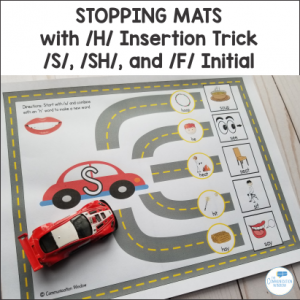 There are Mats includes to target stopping of initial /s/, /sh/, and /f/ using the “h insertion trick” and the pack also includes mats without the “h insertion trick” for when the child no longer needs that.
There are Mats includes to target stopping of initial /s/, /sh/, and /f/ using the “h insertion trick” and the pack also includes mats without the “h insertion trick” for when the child no longer needs that.
The Mats also include a Boom Card(TM) Version now which is awesome because kids can drag the digital car across the screen which I have found really helps them keep the targeted fricative sound “sliding” along instead of stopping the sound.
My other tip for working on stopping is to use gestural and kinesthetic cues. My go-to is a sliding finger down my arm for “s”, a sliding finger along my pursed lips for “sh” and a sliding finger along my lower lip for “f”. This helps the child see that these sounds are “longer sounds” not just a quick tap.
If you want to grab the Speech Therapy Car Mats for Fronting and Stopping they are available either individually or as a big bundle of Speech Therapy Car Mats for Apraxia and Phonology.
